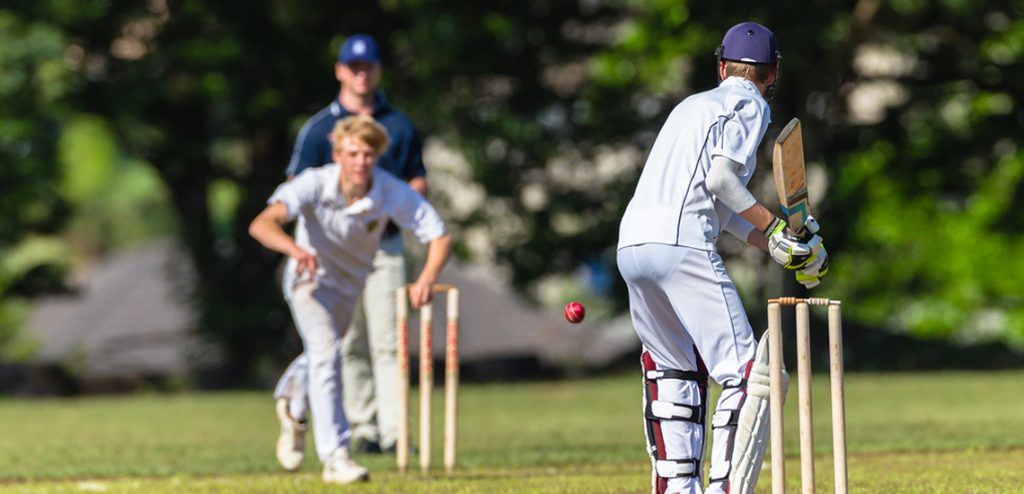Some Key Considerations
NTS work in accordance with England and Wales Cricket Board (ECB) and Sport England requirements.
NTS have access to high quality survey and analysis technology, working alongside an approved independent soil laboratory to identify the characteristics of the local topsoil and subsoil.
NTS provide specialist input early on during the design phase to prevent issues later on in the project. For example, to avoid batsman and bowlers having sightlines affected by a low sun, it’s important that cricket pitches are orientated approximately north/south.
There is no ‘off the shelf’ drainage design that can be applied to every cricket pitch outfield. Factors including rainfall levels and porosity of the subsoil feed into determining if an outfield artificial drainage system is necessary. Before arriving at a suitable drainage design NTS will also take into account whether the cricket outfield is being used for other sports (football, rugby etc).
With in-house CAD design software, NTS are able to provide detailed layout drawings. This is an important consideration particularly if a natural turf area is being used for both cricket and another sport (often football or rugby). Pitches can be off-set to ensure that the areas of most wear can be changed from one year to the next.
Fine turf cricket projects carry a large amount of risk due to the tight timescales this work can be carried out. NTS minimise this risk by providing clients with a clear timeframe of each of the key stages.

